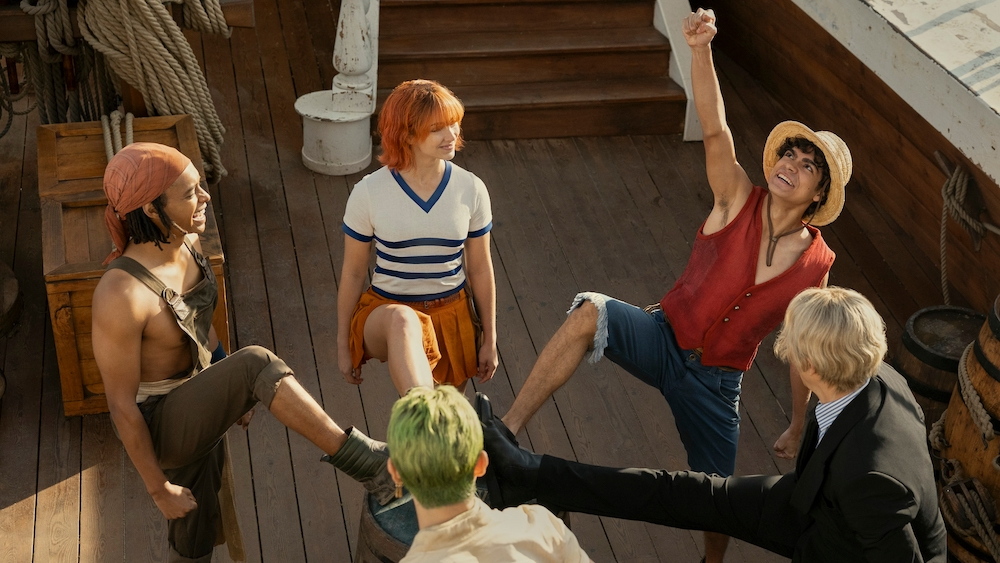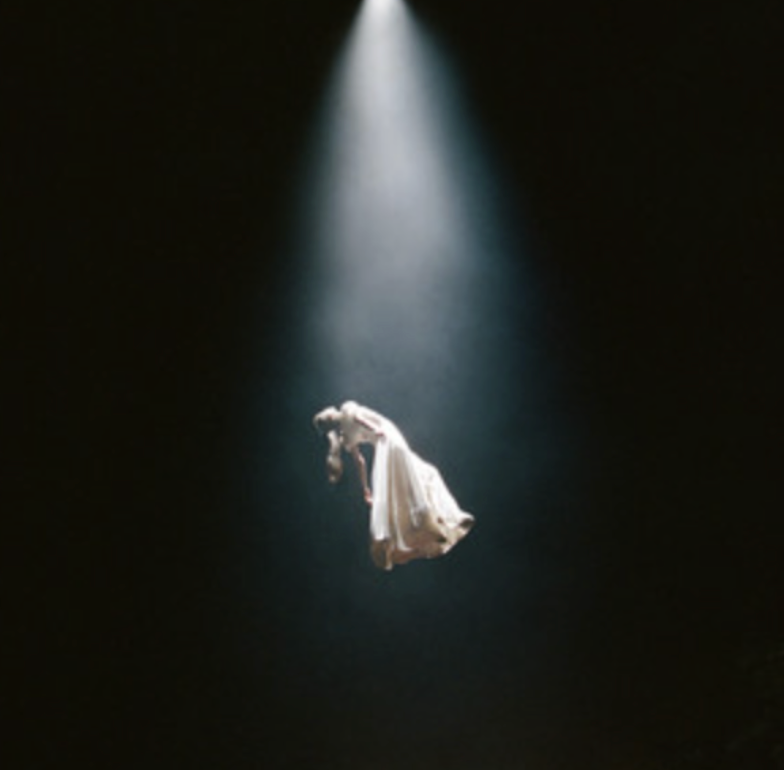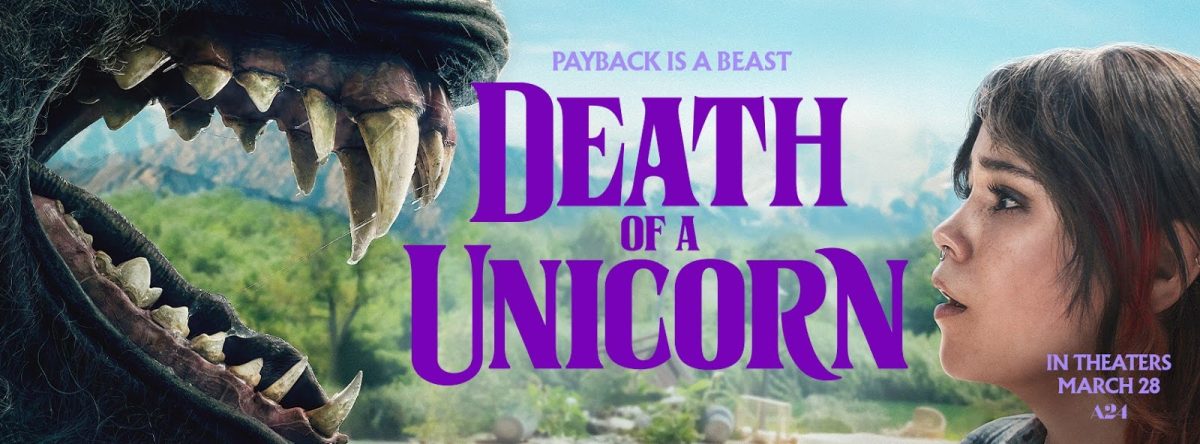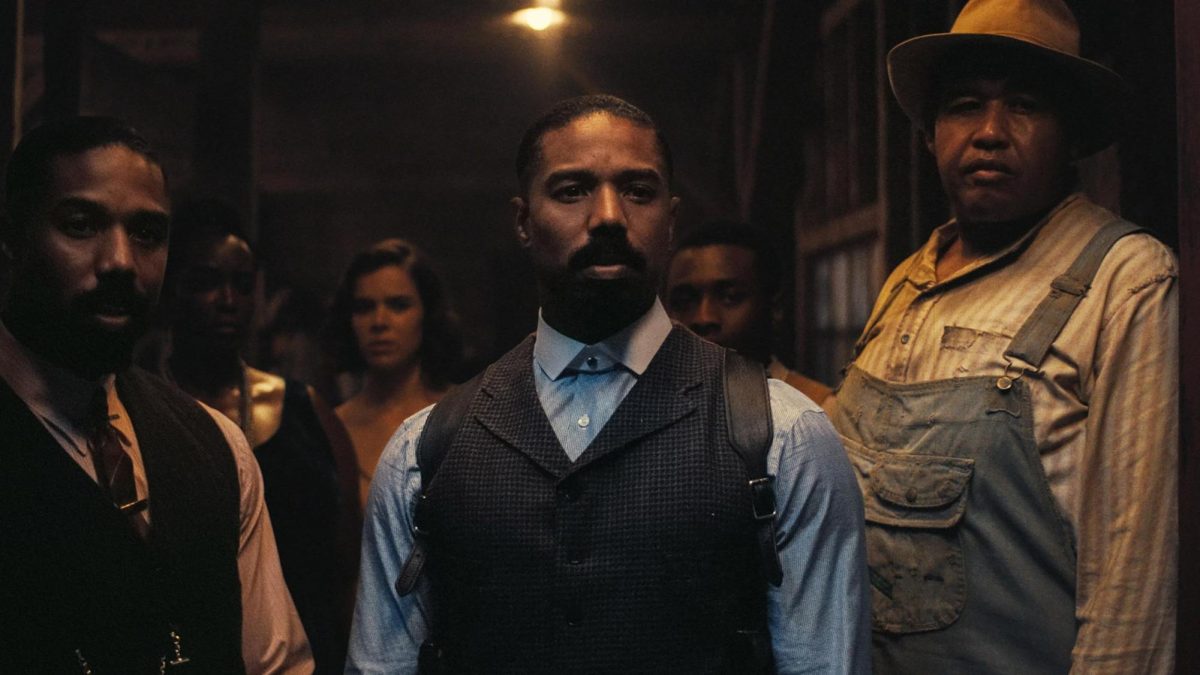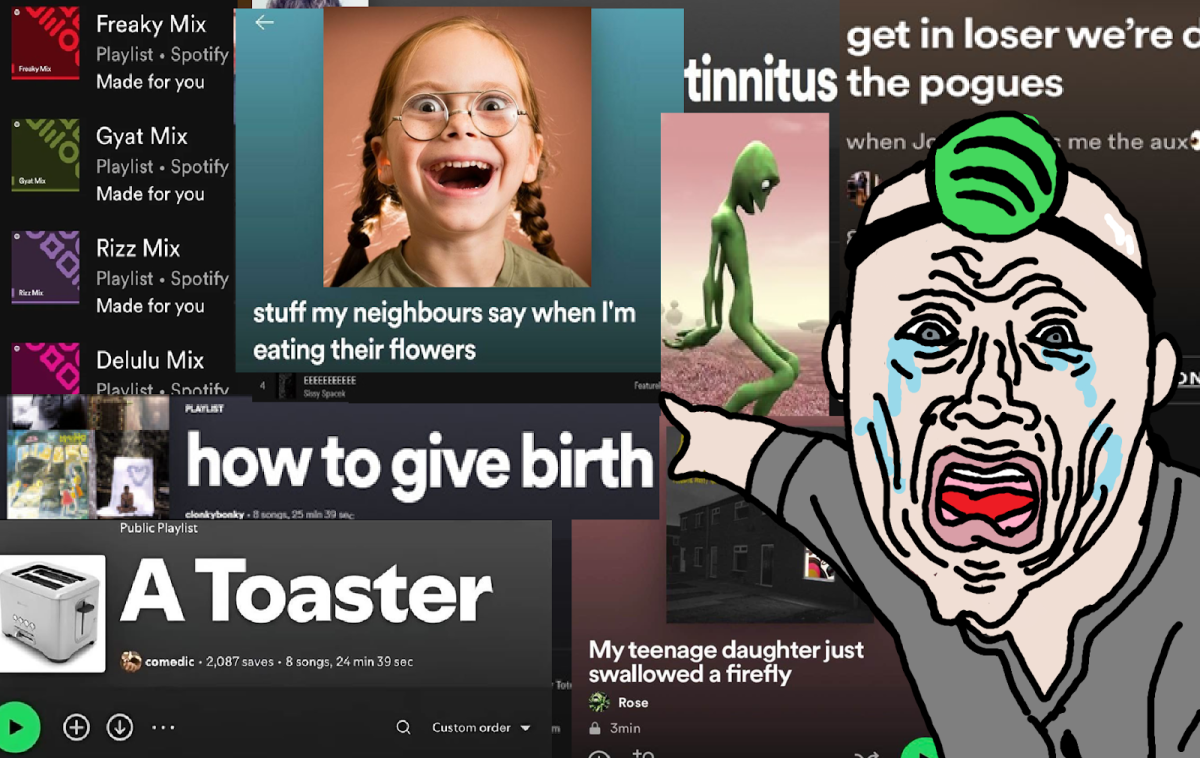4.7/5
The long-awaited and heavily promoted Netflix live adaption of Eiichiro’s beloved and immensely popular manga “One Piece” was finally released on August 31, 2023 through 8 episodes. With anime live adaptations having a history of negative feedback and disapproving public commentary, the One Piece live adaptation has unexpectedly gathered both anime fans and non-anime viewers to generate an extensive amount of praise for the cast choice, storyline accuracy, high quality CGI, and impressively realistic sets and props.
The involvement of author Eiichiro Oda in the casting ended up producing a visually canonical and diverse cast with personalities audiences described as “very accurate to the characters.” The most popular subject of this comment is Mexican actor Iñaki Godoy, who plays the titular character Monkey D. Luffy. His biggest role to date, Godoy’s energetic and engaging personality in the countless interviews and promotions perfectly fit his role as Luffy. Mackenyu, a Japanese actor well known for his martial art skills displayed in his previous roles in anime live adaptations like “Tokyo Ghoul ” and “JoJo’s Bizarre Adventure”, plays the swordsman Zoro. To make the cast even more visually accurate to that of the characters, makeup artists produced exceedingly colorful wigs with real hair that would cause them to stand out and look more realistic. Their costumes were also very accurate, especially in Nami’s (played by Emily Rudd) case where she wore many different outfits with the same distinct colors and patterns in that of the anime and manga.
As an anime, one of the biggest challenges would be to create authenticity and a sense of realism of the fictional elements that “One Piece”produced, but the set building and special effects crew flawlessly tackled this. The most surprising feature of the show was the fact that Alvida’s ship, Miss Love Duck, and the Going Merry were both built in real life. The detail in the figurehead of the Going Merry and the Love Duck was extremely intricate, and other distinctive features of each ship were made meticulously which made the experience all the more realistic and accurate. Furthermore, the special effects crew remained authentic to the physical characteristics of the characters, showing unique physical characteristics through the replication of the variations in nose length, skin color, face shape, and texture in Arlong and his fishmen. This authenticity is delivered through CGI as well, such as through the scenes where devil fruit powers were displayed.
In spite of the impressive visuals of the live adaptation, one of the biggest flaws was the delivery of the dialogue and the growth of the characters, not as individuals, but as a crew. While the extension of Nami’s storyline throughout the entire story made me fall in love with her character, Luffy’s complex character wasn’t completely nailed down. In the show, the awkward delivery of the dialogue made it seem like Godoy was reading off a script rather than truly fulfilling his character, which caused much disappointment among the viewers. With Luffy’s lovable charm faltering through the dialogue, it became harder to visualize a depth of complexity in the character and his bonds with his crewmates which is a crucial part of the show. Though the individuality of the characters that Luffy collects throughout the episodes is preserved, some storylines were sped up. As a result, the live action didn’t capture and explore the growth of these characters and the reasons they joined Luffy.
Though the first season of the “One Piece” live adaptation fails to present the Loguetown arc, it still covers roughly 90 chapters of the manga and 45 episodes of the anime. It landed in the top 10 most streamed TV shows on Netflix upon release, and “One Piece” fans can expect a second season with the diverse and charismatically diverse crew.


